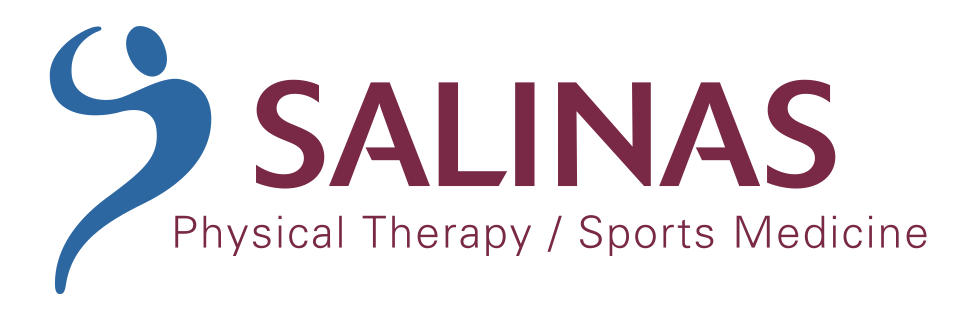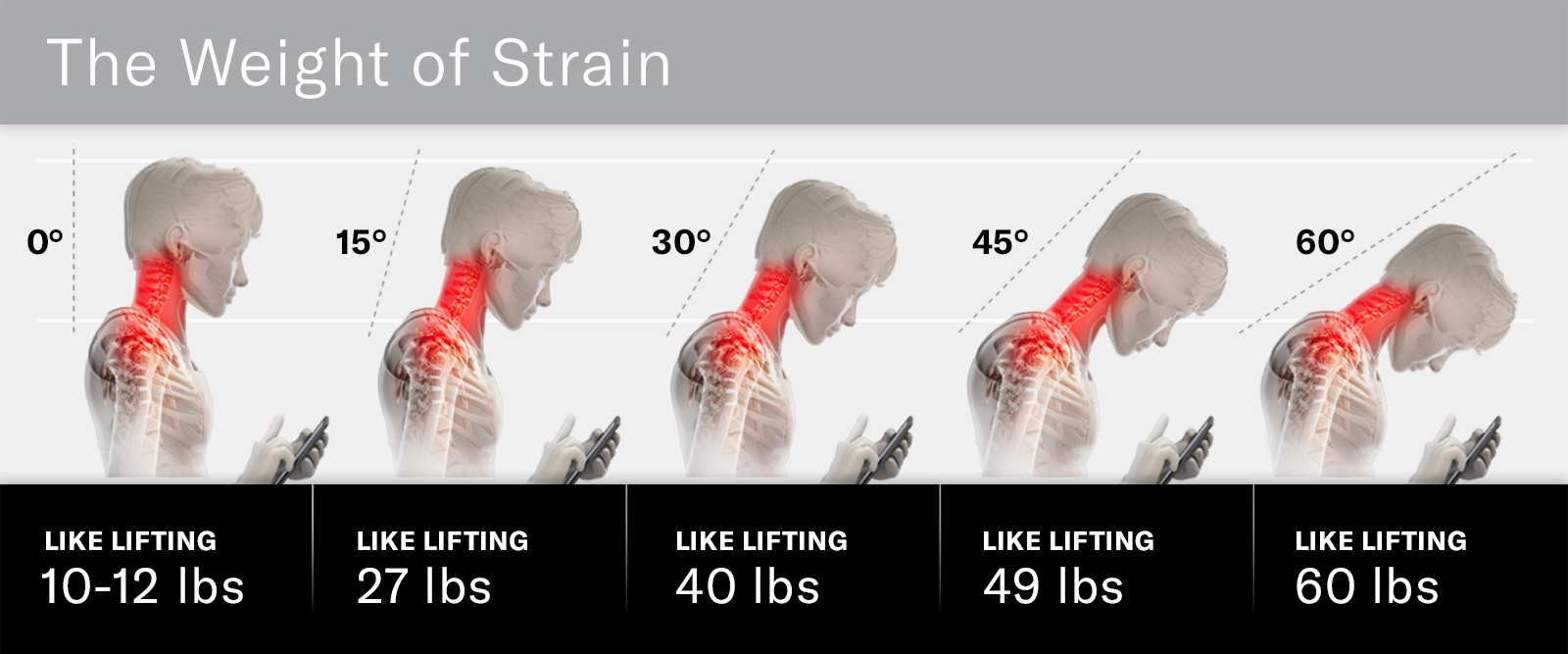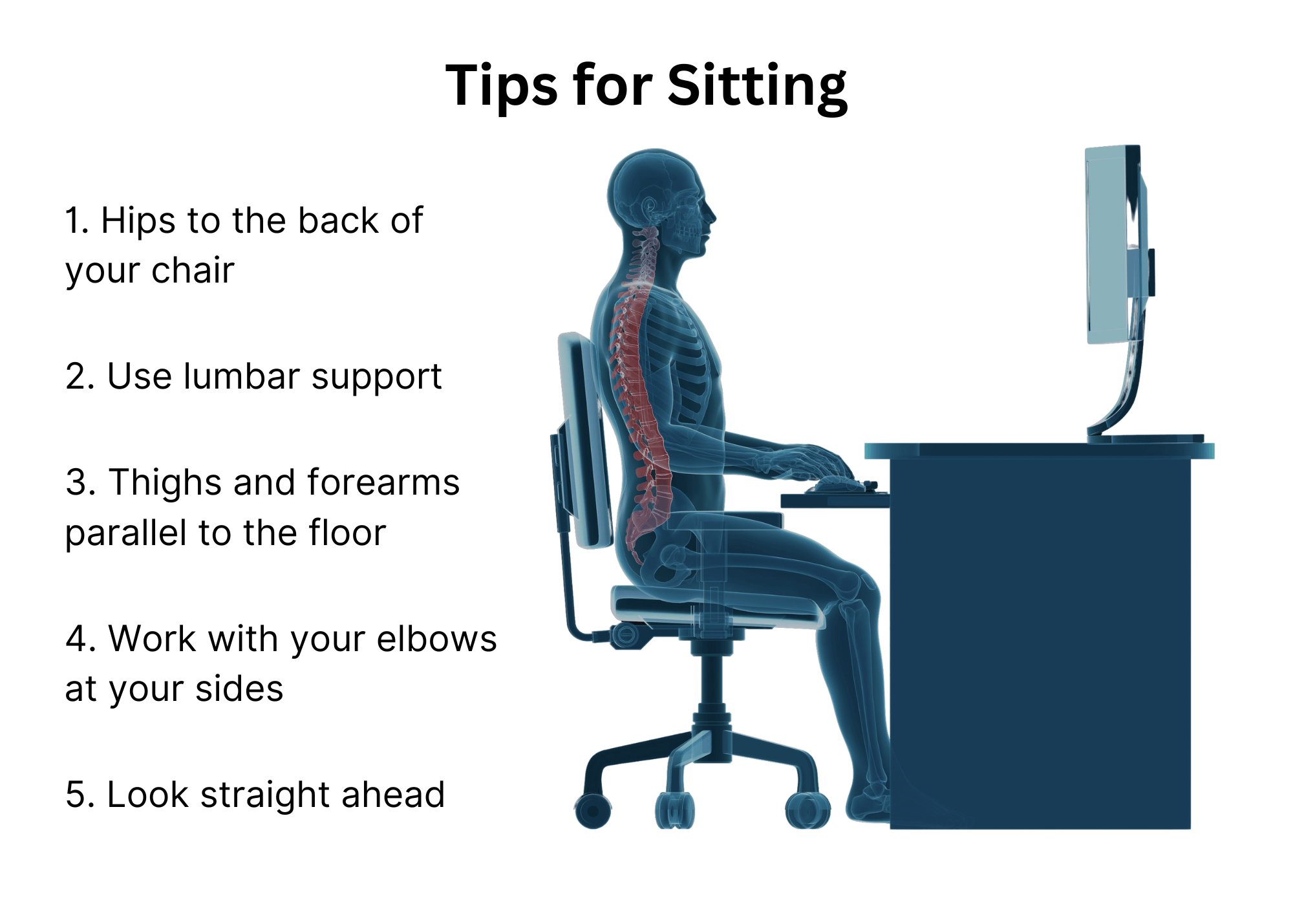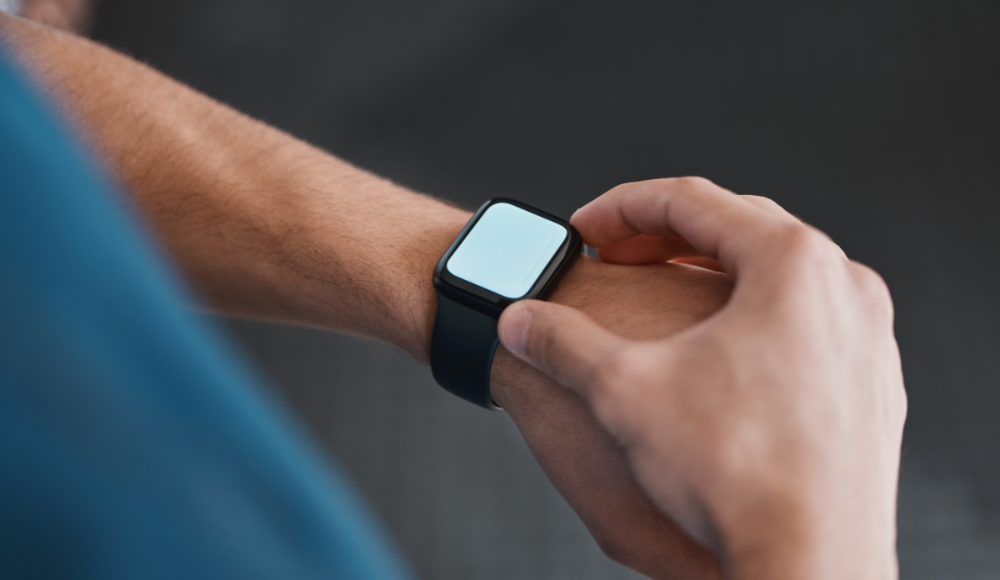Phone: (714) 695-1566
Fax: (714) 695-1553
Email: info@salinaspt.com
23655 Via Del Rio, Suite C
Yorba Linda, CA 92887

Phone: (714) 695-1566
Fax: (714) 695-1553
Email: info@salinaspt.com
23655 Via Del Rio, Suite C
Yorba Linda, CA 92887

In today’s digital age, technology has become an integral part of our lives, from smartphones and laptops to tablets and gaming consoles. While these technological advancements bring convenience and connectivity, they have also ushered in a new set of health concerns, particularly related to our spinal posture. In this article, we’ll cover the phenomenon of “tech-neck,” exploring how your daily interaction with technology impacts our spinal health and what steps you can take to mitigate its effects.
Tech-neck: Also known as text neck, is a posture-related issue caused by frequent and prolonged use of handheld devices and incorrect posture. When we hunch over our screens for extended periods, it places significant strain on the neck and spine, leading to a range of potential health problems.
Using technology, like smartphones and laptops, often involves titling the head downwards and rounding the shoulders, creating an unnatural and detrimental alignment of the spine. Over time, poor posture can result in discomfort, stiffness, and even chronic pain. The discomfort or pain is a signal from your body telling you it’s out of alignment. Extended periods in this position can lead to further complications down the road.
Here’s a visual example of how the weight of your head increases drastically as you begin to lean forward, straining your muscles:

Tech-neck can manifest through various symptoms, including neck pain, headaches, upper back pain, and reduced flexibility in the neck and shoulders. In severe cases, it may contribute to early-onset arthritis and spinal degeneration.
The first step in combating tech-neck is to raise awareness about our device usage habits. Encourage regular breaks from screens and limit the time spent on handheld devices. Utilize reminders or apps that track screen time to ensure you take necessary breaks to rest your neck and spine.

Incorporating regular exercises and stretches into your routine can significantly alleviate the impact of tech-neck. Strengthening the muscles in your neck, shoulders, and upper back can help support better posture and reduce strain on your spine.
Make a habit of taking short breaks during your tech sessions to perform quick workouts that target your neck and back muscles. Here are the exercises we recommend to help maintain your posture.
1. Cat-Cow: a Dynamic stretch that increases flexibility in the spine and helps alleviate tension. Begin on your hands and knees, arch your back upward like a cat, then drop your belly towards the floor like a cow.
2. Superman Pose: Strengthens the lower back and glutes, encouraging better posture. Lie face down on the ground and lift your arms, chest, and legs off the floor, squeezing your back muscles.
3. Childs Pose: A relaxing yoga stretch that elongates the spine and eases tension in the back muscles. Kneel on the floor, sit back on your heels, and reach your arms forward, stretching your back.
4. Seated Row: Targets the upper back and shoulders, helping to counteract rounded shoulders. Use resistance bands or a cable machine while seated, and pull handles towards your chest, squeezing the shoulder blades together.
5. Wall Angles: A corrective exercise to improve shoulder mobility and alignment, which affects spinal posture. Stand with your back against a wall, raise your arms overhead, and slide them down the wall while keeping your back and arms in contact with the surface.
*Images Sourced From HEP2Go

Innovative gadgets and apps are available that can assist in improving posture and reducing tech-neck. From wearable posture correctors to mobile apps that send posture reminders, these tools can be valuable in maintaining good spinal alignment.
The key to seeing improvements in spinal posture is to be proactive about it. Incorporate exercise into your routine 2-3 times per week and focus on maintaining proper form to get the most benefit. If you have any pre-existing medical conditions or concerns about your spine, our team can help educate you on the movement patterns and exercises that address your condition.